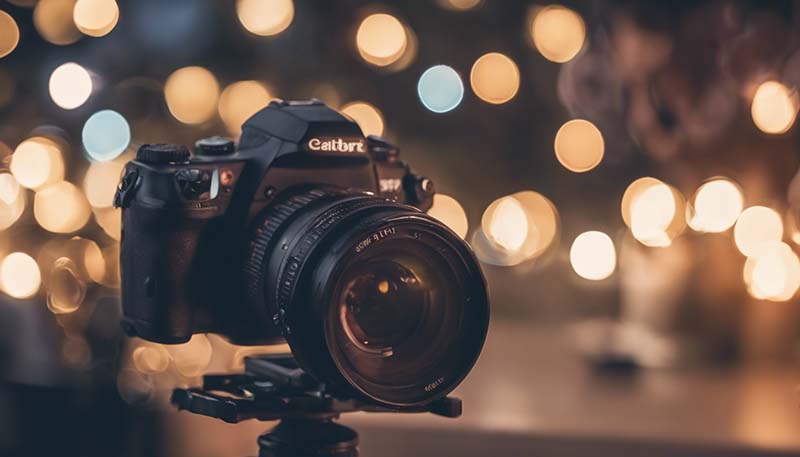Stress Management through Guided Imagery Techniques
Stress Management through Guided Imagery Techniques
Stress is a part of our daily lives, but when it becomes chronic, it can have a negative impact on our physical and mental well-being. One effective way to manage stress is through guided imagery techniques, which involve using your imagination to create a positive mental state. In this article, we will explore what guided imagery is, how it works, and how you can use it to manage stress.
What is Guided Imagery?
Guided imagery is a relaxation technique that involves creating a mental image or visual representation of a peaceful, calming place or situation. It can be practiced with the help of a therapist, an audio recording, or by following a script or guide. The purpose of guided imagery is to help you achieve a deep state of relaxation, reduce stress, and improve your overall well-being.
How Does Guided Imagery Work?
Guided imagery works by engaging your senses and imagination to create a mental escape from the stressors of everyday life. By focusing on a positive mental image, you can shift your attention away from stress and anxiety and onto a more peaceful and calming state. This can help reduce your heart rate, lower your blood pressure, and slow your breathing, all of which contribute to a more relaxed state of being.
Benefits of Guided Imagery for Stress Management
There are many benefits to using guided imagery for stress management, including:
Advertisement
- Reduced anxiety and stress
- Improved sleep quality
- Lower blood pressure
- Improved immune system function
- Enhanced self-awareness and self-esteem
- Increased pain management
Guided Imagery Techniques for Stress Management
There are many different guided imagery techniques you can use to manage stress. Here are a few examples:
1. Breathing Exercises
One of the simplest guided imagery techniques is to focus on your breath. Close your eyes and take slow, deep breaths. Imagine each breath as a wave, washing away your stress and anxiety. As you exhale, imagine releasing any tension or stress you may be holding onto.
2. Visualization
Visualization involves creating a mental image of a peaceful, calming place or situation. This could be a beach, a forest, or even a peaceful meadow. Use all of your senses to imagine the sights, sounds, and smells of this place. As you focus on this mental image, you can begin to feel more relaxed and at ease.
3. Progressive Muscle Relaxation
Progressive muscle relaxation is a technique that involves tensing and relaxing different muscle groups in your body. Start at your toes and work your way up to your head. As you tense and relax each muscle group, imagine any tension or stress melting away.
4. Guided Imagery Scripts
There are many guided imagery scripts available online or in books that you can follow along with. These scripts provide a step-by-step guide to creating a mental image and achieving a state of relaxation. You can also record your own guided imagery scripts or use an app to guide you through the process.
How to Get Started with Guided Imagery for Stress Management
Getting started with guided imagery for stress management is easy. Here are a few steps to follow:
- Find a quiet, comfortable place to sit or lie down.
- Close your eyes and take a few deep breaths to center yourself.
- Choose a guided imagery technique that appeals to you, such as breathing exercises, visualization, or progressive muscle relaxation.
- Focus on the mental image or visualization and engage all of your senses.
- Practice regularly to improve your ability to achieve a state of relaxation and reduce stress.
Conclusion
Stress is a common part of our lives, but it doesn't have to control us. Guided imagery techniques can be a powerful tool for managing stress and achieving a more peaceful, relaxed state of being. By practicing regularly and incorporating guided imagery into your daily routine, you can improve your overall well-being and reduce the negative impact of stress on your life.

Comment